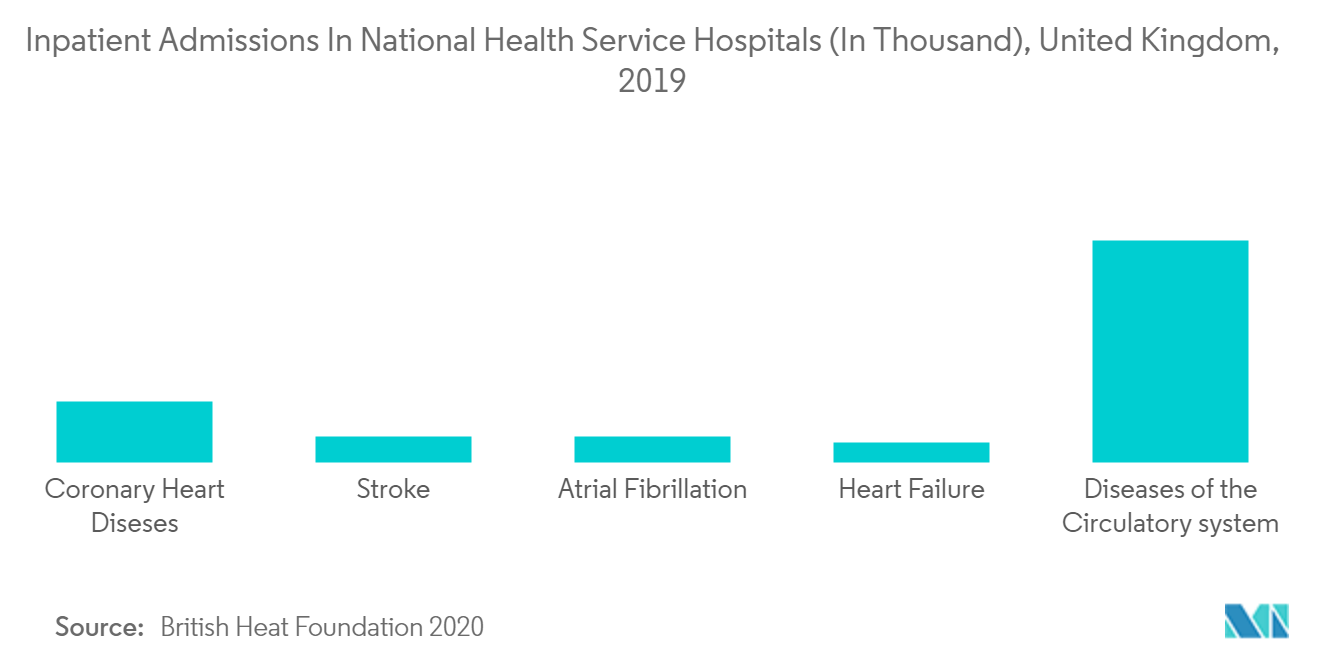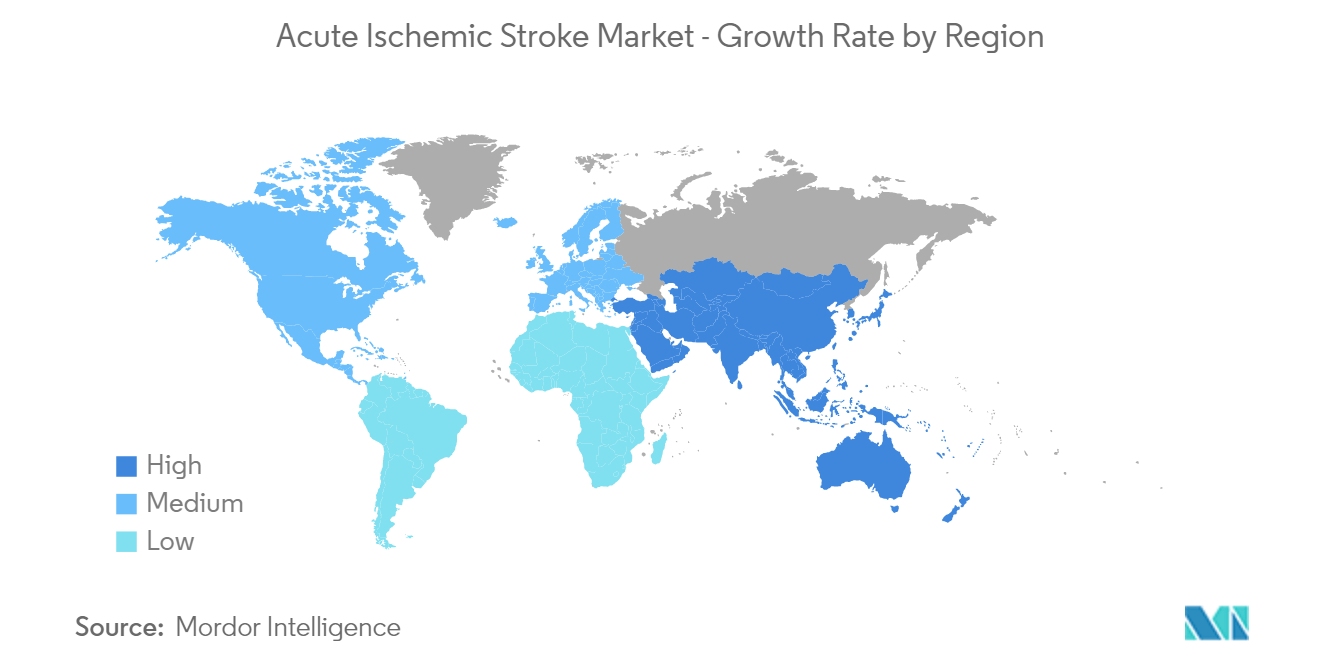Market Trends of Acute Ischemic Stroke Diagnosis Industry
This section covers the major market trends shaping the Acute Ischemic Stroke Diagnosis Market according to our research experts:
The Computed Tomography (CT) Segment Led the Global Market Over the Forecast Period
Imaging studies are used in ischemic diagnosis for the detection of hemorrhage in acute stroke patients in order to assess the degree of brain injury and to identify the vascular lesion responsible for the ischemic deficit.
Some advanced CT and MRI technologies are able to distinguish between brain tissue that is irreversibly infarcted and that which is potentially salvageable, thereby allowing a better selection of patients likely to benefit from therapy.
Computed tomography is the leading diagnostics segment. The significant share of CT techniques is attributable to widespread access and speed of acquisition. In the hyperacute phase, a non-contrast CT (NCCT) scan is usually ordered to exclude or confirm hemorrhage; it is highly sensitive for this indication.
Additionally, new product launches and approval will push the market to grow to new heights. For instance, in May 2021, Philips Healthcare received approval from the United States Food and Drug Administration (USFDA) for the computed tomography system, the Spectral CT 7500, which uses intelligent software to deliver high-quality spectral images on every scan 100% of the time without the need for special protocols.
Thus, the aforementioned factors such as technological advancement and product launch are expected to boost the segment over the forecast period.

North America Holds the Large Market Share in the Market Over the Forecast Period
North America dominates the market for acute ischemic stroke diagnosis devices, and it is estimated to continue its stronghold in the market, owing to favorable government initiatives, technological innovations, and increasing demand for ischemic stroke products. Furthermore, key players operating in the market are focusing on the adoption of inorganic growth strategies such as acquisition and agreements in order to expand their product portfolio and presence in the global acute ischemic stroke (AIS) market. For instance, in November 2020, AstraZeneca, a global, science-led biopharmaceutical company, announced the launch of the product Brilinta (an oral, reversible, direct-acting P2Y12 receptor antagonist), which is used to reduce the risk of stroke, a leading global cause of disability and death, in patients with acute ischemic stroke or high-risk transient ischemic attack (TIA).
Additionally, the increasing prevalence of stroke across North America drives market growth. According to the American Heart Association 2022, in the United States in 2019, cardiovascular disease (CVD) was recognized as the underlying cause of mortality, accounting for 874,613 fatalities. Additionally, according to the article published in the American Heart Association Journal in May 2021, by Dawn O. Kleindorfer, in the United States, 795 000 people have a stroke each year, with 87% (690 000) being ischemic and 185 000 being recurrent. Each year, over 240,000 people suffer from a transient ischemic attack (TIA). Thus, the increasing prevalence of cardiovascular diseases and stroke in the country is expected to boost the acute ischemic stroke diagnosis market.
Thus, the aforementioned factors are expected to boost the market over the forecast period in North America.

